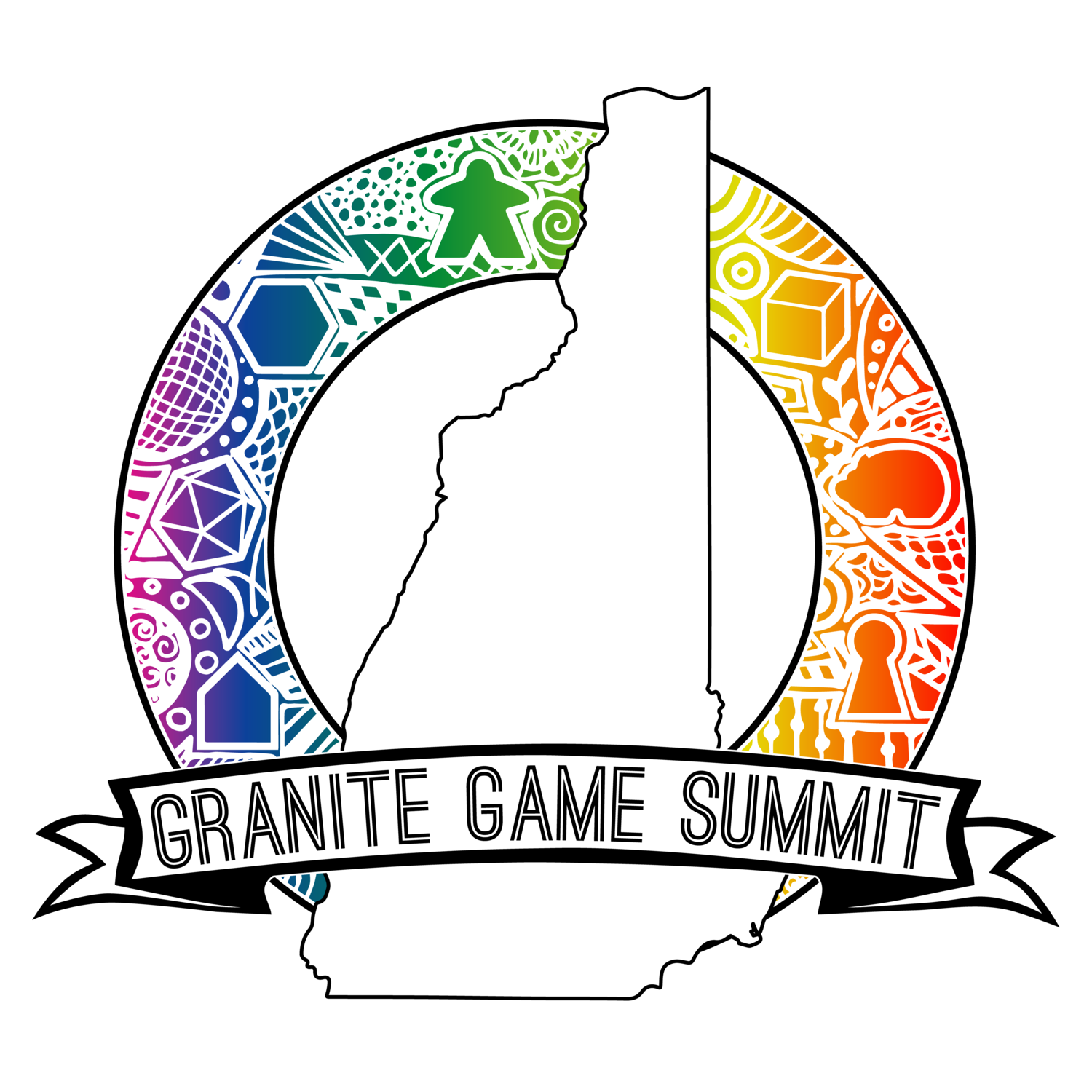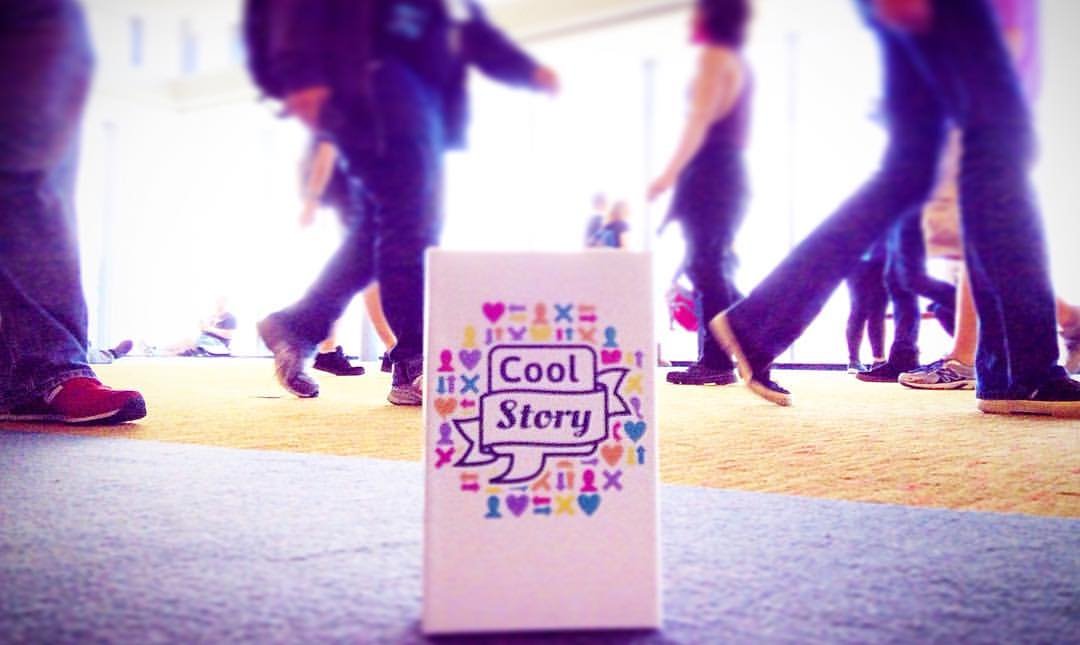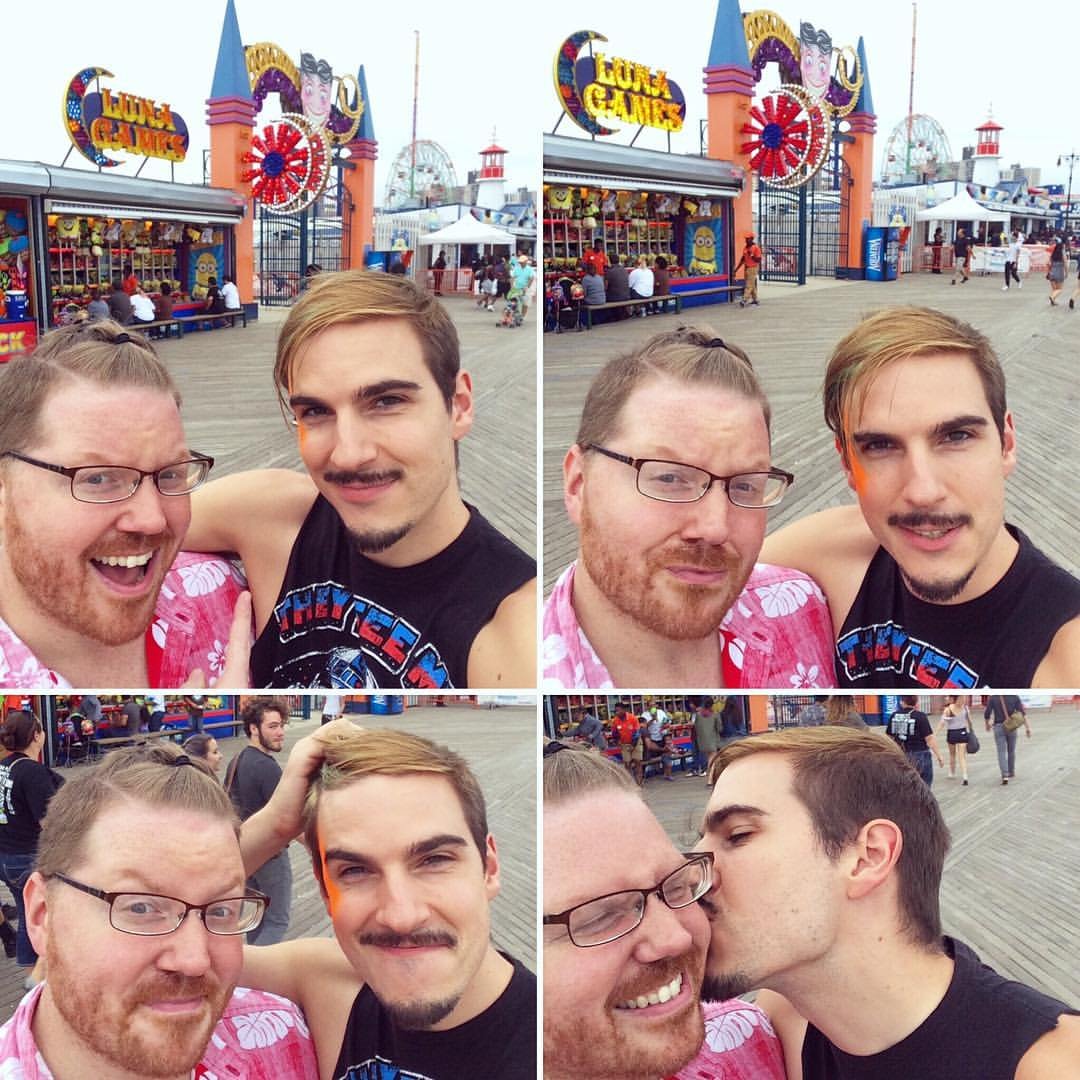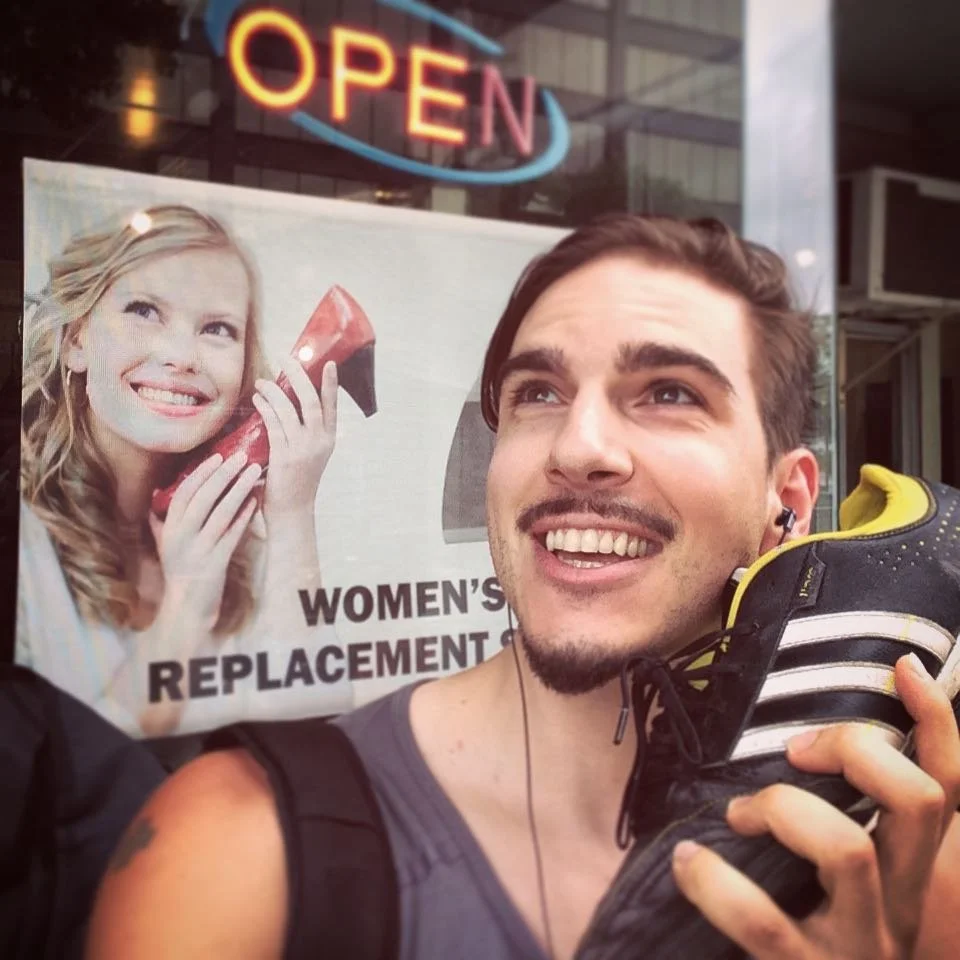Benjamin Red
Today’s featured designer is Benjamin Red, designer of the game Cool Story which will be showcased at BFIG (Boston Festival of Indie Games) on September 10th, 2016. He will also be showing Cool Story at Granite Game Summit on October 22nd, 2016. Cool Story is an open-ended storytelling adventure with light strategic elements. Players collaborate to tell an epic tale, while competing to score plot points. It's a light-hearted romp, and a perfect excuse to unleash some excess imagination. Benjamin resides in Manchester, and also helps run Open-Beta, a Manchester-based play-testing group on Meetup.com.
THREE RANDOM FACTS ABOUT BENJAMIN:
He will occasionally eat multiple pounds of green beans in a day. (They are his favorite veggie.)
He never had wisdom teeth and he never will.
He once sang for the Pope.
Questions by Kimberly Bullock (KB), answers by Benjamin Red (BR).
THREE GAME DESIGN RELATED QUESTIONS:
KB: How did you decide on the graphic style for Cool Story? Did you do the design yourself?
BR: The graphic style for Cool Story evolved from one of the core pillars of the game's design. I want Cool Story to be completely flexible for telling whatever kind of story each player wants to tell. The graphic style is basically just carefully drawn stick figures. When you play Cool Story you can make those stick figures represent monarchs and wizards, or astronauts and aliens, or friends and neighbors, etc..
I chose a basic humanoid shape because I thought it the most simple, universal symbol of the "character" concept. That said, I highly encourage players to stretch their imaginations and get creative too. Those same character cards can represent dragons, or talking horses (or non-talking horses), or magical coconuts -- they can be whatever you're inspired to make them.
I did the design for Cool Story myself. My background is in systems design, but I have always enjoyed art and illustration. The advantage of doing it myself, I was able to tie the visual design intricately to the mechanics of the game. The game's deck of cards features a sort of visual language describing sets of conditions. I re-did the art and symbols numerous times over the course of development; a contract artist probably would have quit by the fifth or sixth redesign!
KB: What were some of the biggest challenges and rewards you find in designing games?
BR: The number one challenge for me in designing games is crafting an intuitive and memorable rule set. In contrast, one of the biggest rewards for me is flexing creativity and exploring new ideas. My head is constantly swimming with strange and molten concepts for new games. They all make perfect sense to me -- they come from my head. The challenging part is taking those ideas and crafting them and reshaping them until they make sense to other people too.
A game is only as good as people are able to play it. When games leverage popular and common mechanics, players are able to quickly understand and accurately enact them. Innovation is great, but too much of it can make a game critically confusing and dense for new players. When designing games, I spend a significant portion of time taking drafts of rule sets, deconstructing them, and rebuilding them using the simplest and most intuitive methods available.
The number one biggest reward for me in designing games is hearing someone laugh when they play one of my games. Or seeing an intense look of determination or enthusiasm or excitement on the face of a player. Nothing is more validating or encouraging to me as a designer than seeing a finished product inciting a genuine reaction from an engaged audience. It's why I do what I do.
KB: How long did the design process take for Cool Story?
BR: Cool Story came to me in a dream. One night I woke up at 2AM, and it was just there in my mind. I grabbed my tablet from the bedside table, and frantically jot down everything I could before the idea slipped away. After half an hour I realized I needed better tools for the job, so I fetched my laptop. By 6AM I had written the first version of Cool Story.
Cool Story has been through a long and tumultuous design process. Over the course the past year it has been through at least five major re-designs, and near-constant iterations and refinements. From the outset, I knew what I wanted Cool Story to be. Every incarnation of the game was measured against a solid set of ideals and expectations. Each time a draft of the game failed to meet standards, I took close stock of what worked and what didn't, and revised the game accordingly.
I have had the good fortune to dedicate a significant portion of my time and attention to Cool Story this past year. The current version of Cool Story represents thousands of hours of work. This time was spent designing the rules, creating the art components, developing the product, balancing the game content, play-testing, and iterating on virtually every aspect of the game.
THREE QUESTIONS JUST FOR FUN:
KB: What inspired you to start a local play testing group?
BR: Before moving to Manchester, I spent about a decade down in the Boston area working on digital games. Boston has an outstanding game development community, with tons of regular meetings and get-togethers. I missed that sense of community. I think it's really conducive to the creative process. So I decided to start building that locally.
KB: What are some of your favorite games?
BR: I like games that make the players communicate through abstract concepts, like Mysterium and Dixit. I like deck-building games -- some of my faves are Paperback because I am also kind of a word game nerd, and Star Realms because I appreciate games that are easy to setup. I like games that overlap with and incorporate aspects of players' real-life personalities like Funemployed and Billionaire Banshee.
KB: Do you have any other hobbies that you find bleed into game design or vice versa?
BR: The first tabletop game I designed used themes of computer science; I borrowed from my background in digital games. Cool Story happened because I have an excess of imagination that often leaks into my everyday life. Art and illustration started as a hobby for me, but now I incorporate it into my game projects all the time.
Open Beta, Benjamin's play-testing group meets the first Tuesday of the month. You can find out more at: Open Beta
Or find Benjamin on Twitter




